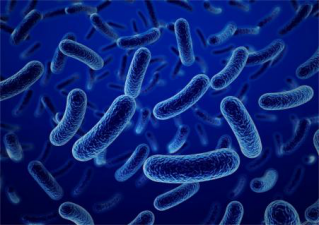First, give up the use of diseased watermelon seedlings, re-cultivation, otherwise it will spread nematodes, transplanting to the field after the control is even more difficult. The original soil, manure, and seedbed cannot be used when raising the seedlings again;
Second, the diseased melon seedlings do a good job of pest control, when transplanting, acupuncture or irrigation pesticides;
Third, the prevention and treatment of diseased seedlings is to use avermectin, phoxim, trichlorfon, Tiannuo line net, Pudi grams and other pharmaceutical application or irrigation, different concentrations of different pesticides can be prepared according to the instructions.
All water based products have plenty of nutrients and water to support microbe growth under favorable conditions. Microbes invade water based products from multi-point sources, such as contaminated raw materials, poor plant hygiene, untreated water, and not properly preserved recycling materials. While adding in-can preservatives into the products should not excuse a factory from Good Manufacturing Hygiene Practices (GMHP), proper use of in-can preservatives coupled with GMHP can dramatically minimize the chance of microbial tolerance development, and assure unspoiled products to customers.
Biocides formulators often use several types of in-can preservatives as active ingredients in their biocidal products for various industrial water based products. One of these active ingredients is benzisothiazolone (BIT). It has several distinct performance advantages, including good stability at high pH, good stability in the presence of reducing agents, and broad spectrum of activities against many microbes.Sunshine Biotech supplies to all industrial biocides formulators with high quality BIT technical ingredients. Besides of BIT, we also provide its derivative, like BBIT, MBIT etc.


Biocide Technical Ingredients
Biocide Technical Ingredients,Biocide Formula,Biocide Ingredients,Biocide Liquid
Nanjing Sunshine Biotech Co., Ltd , https://www.sunshine-bio.com